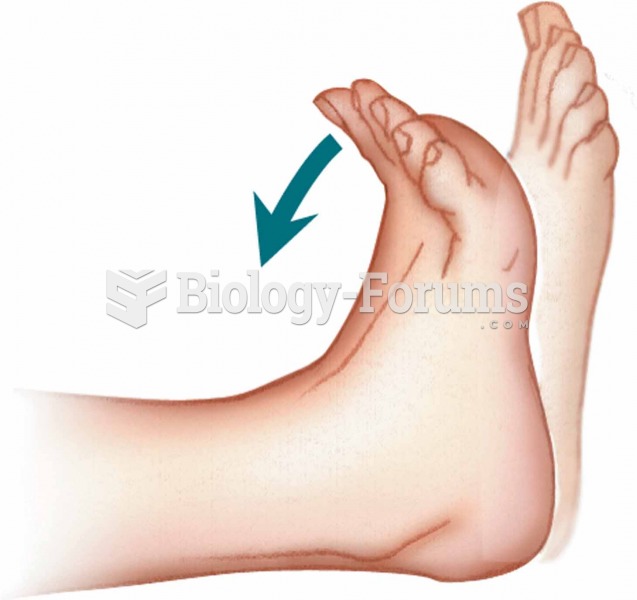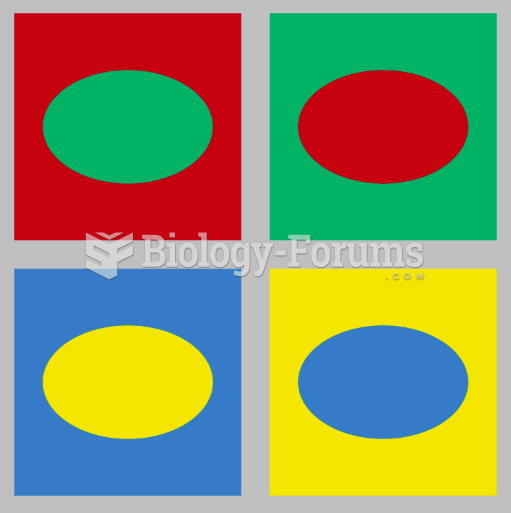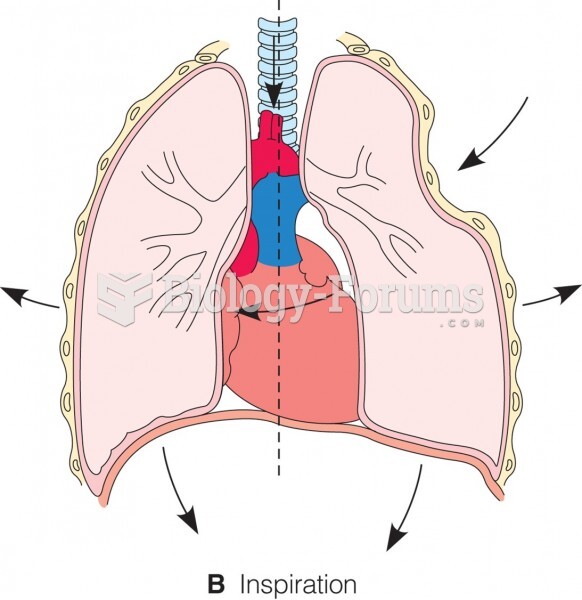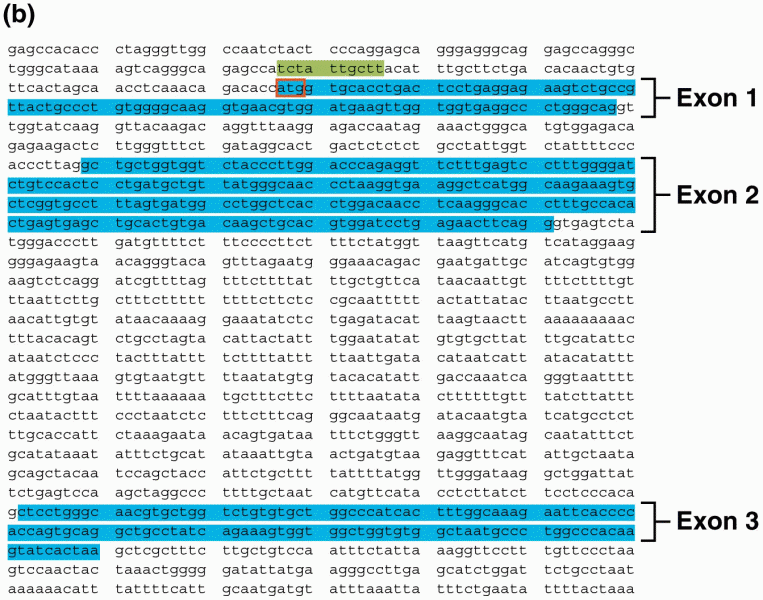This topic contains a solution. Click here to go to the answer
|
|
|
Did you know?
Cutaneous mucormycosis is a rare fungal infection that has been fatal in at least 29% of cases, and in as many as 83% of cases, depending on the patient's health prior to infection. It has occurred often after natural disasters such as tornados, and early treatment is essential.
Did you know?
There are 20 feet of blood vessels in each square inch of human skin.
Did you know?
The FDA recognizes 118 routes of administration.
Did you know?
Human kidneys will clean about 1 million gallons of blood in an average lifetime.
Did you know?
People about to have surgery must tell their health care providers about all supplements they take.







